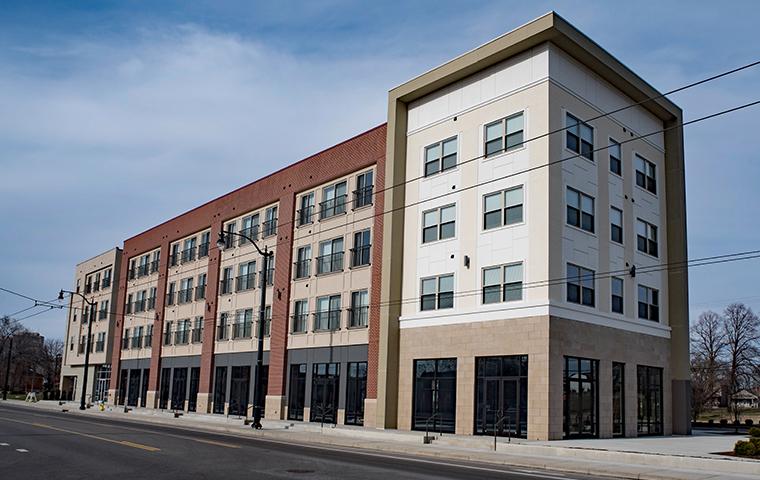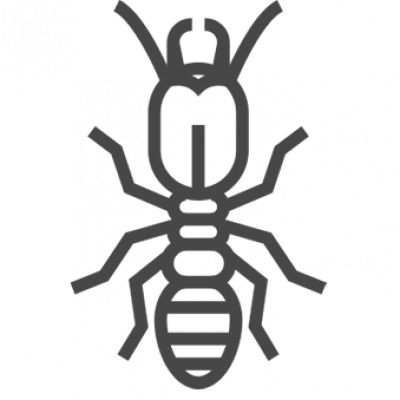Integrated pest management in monmouth county, NJ
Integrated Pest Mangement For Your Monmouth County Business
At Alliance Pest Services, we are proud to use our Commercial Integrated Pest Management (IPM) practices for your business. Our goals are to keep your building pest-free, keep your occupants safe, and minimize any operational impact due to pests.

To begin, let’s take a moment to define what IPM is. IPM is a process that we, as pest management professionals, go through to determine the best course of action to resolve your specific pest problem with an emphasis on using the least amount of chemicals to achieve the desired results.
How We Practice Integrated Pest Management For your Business
When your business encounters a pest problem, our IPM process involves taking the following steps before performing any type of treatment. By gathering this important information, we can produce a pest management program designed specifically for your business.
IDENTIFYING THE TARGET PEST
Proper pest identification is the critical first step in determining an IPM program.
UNDERSTANDING BIOLOGY, HABITAT, & BREEDING CYCLES
Once we identify the correct pest, we need to understand the biological aspects of the insect as they relate to the pest problem that is occurring in your business.
IDENTIFYING WHERE THE PEST IS CAUSING THE PROBLEM
We need to determine if the pests are on the interior or the exterior of your facility.
DETERMINING HOW MANY PESTS ARE PRESENT
The way we manage a lone ant is going to look different from the way we manage an entire ant colony, so we must determine how large your infestation is before we begin to treat it.
IDENTIFYING CONDUCIVE CONDITIONS
Conducive conditions can include:
- Standing water
- Trash debris around the structure
- Clogged drains
- Attractive conditions
- Trees overhanging the structure
- Unkempt landscaping
- Improper storage practices
- Food sources
IDENTIFY STRUCTURAL DEFICIENCIES
Structural deficiencies can cause pest problems or make it easier for a pest infestation to occur. These deficiencies include:
- Gaps in the building
- Open doors/windows
- Gaps under doors
- Gaps around pipes
- Missing screens/vent covers
- Holes in the building/masonry
IDENTIFY SANITATION CONDITIONS
Poor sanitation practices can lead to pest infestations. When identifying sanitation conditions, we’ll look for the following trash management practices:
- Frequency
- Cleaning
- Condition of receptacles
- Proximity to the structure
- Identifying Operational Processes That Are Causing Or Contributing To The Pest Problem
- Operational processes include:
- Delivery practices
- Spoiled food product removal
- Improper storage practices
ACCEPTABLE PEST THRESHOLDS BASED UPON AREAS
This step is critical and often overlooked. A pest threshold is what type and number of pests in a given area dictate what action to take. For example, one roach in food manufacturing equipment would be one too many. However, one roach on the exterior of the facility may be an acceptable threshold. The area and number of pests must be evaluated and discussed with the client.
DOCUMENTATION
A process of recording pest activity and location is critical in establishing a pest management plan.
By considering all the above criteria, we design a specific pest program for your commercial business. In most cases, we combine several pest control processes to establish the best pest control program, allowing us to achieve the desired results for you before automatically using pesticides as the first step.
The use of chemicals is only one method among several that we utilize to control pests. We currently use our commercial IPM program in many different industries and types of business types, including retail settings, commercial properties, warehouses, restaurants, and more.
When utilizing Alliance Pest Services’ IPM Program, we evaluate, discuss, and document all the above information, including pest sighting logs, material labels and MSDS, and best practices for your establishment to remain pest-free.
Effective Pest CONTROL For your Monmouth County Business
For thoughtful, thorough commercial pest management that addresses the entire picture instead of simply treating the symptoms, Alliance Pest Services is the company to trust. Contact us today to request our commercial services.
Is your property overrun with pests? We can help!
Guaranteed Solutions For
Your Toughest Pest Problems
Latest Blogs
Stay informed about pests and pest related issues in your area!
Dangerous Spiders Of Columbia, MD
If three different spiders are placed in front of you and you are told to pick up the harmless one to win a million dollars, would you feel confident enough to do it?
The Easiest Way To Get Bats Off Your Monmouth County Property
Do you see an increased amount of bats around your home lately? Learn the best way to get bats off of your property.
Are The Fleas In Monmouth County Causing You Headaches?
Prevent and treat fleas with help from Alliance Pest Services in Monmouth County.
Request Your Free Quote
"*" indicates required fields










